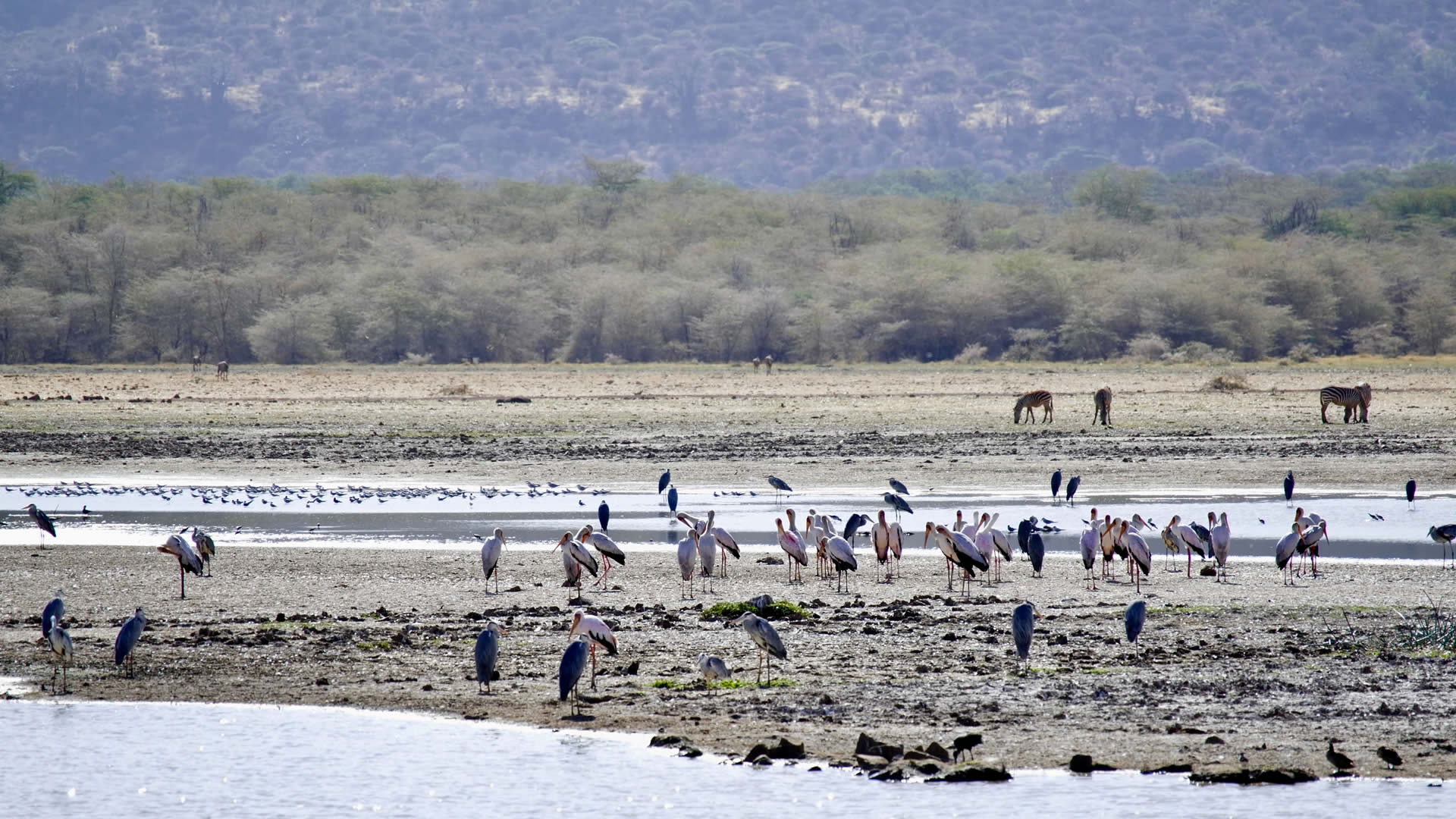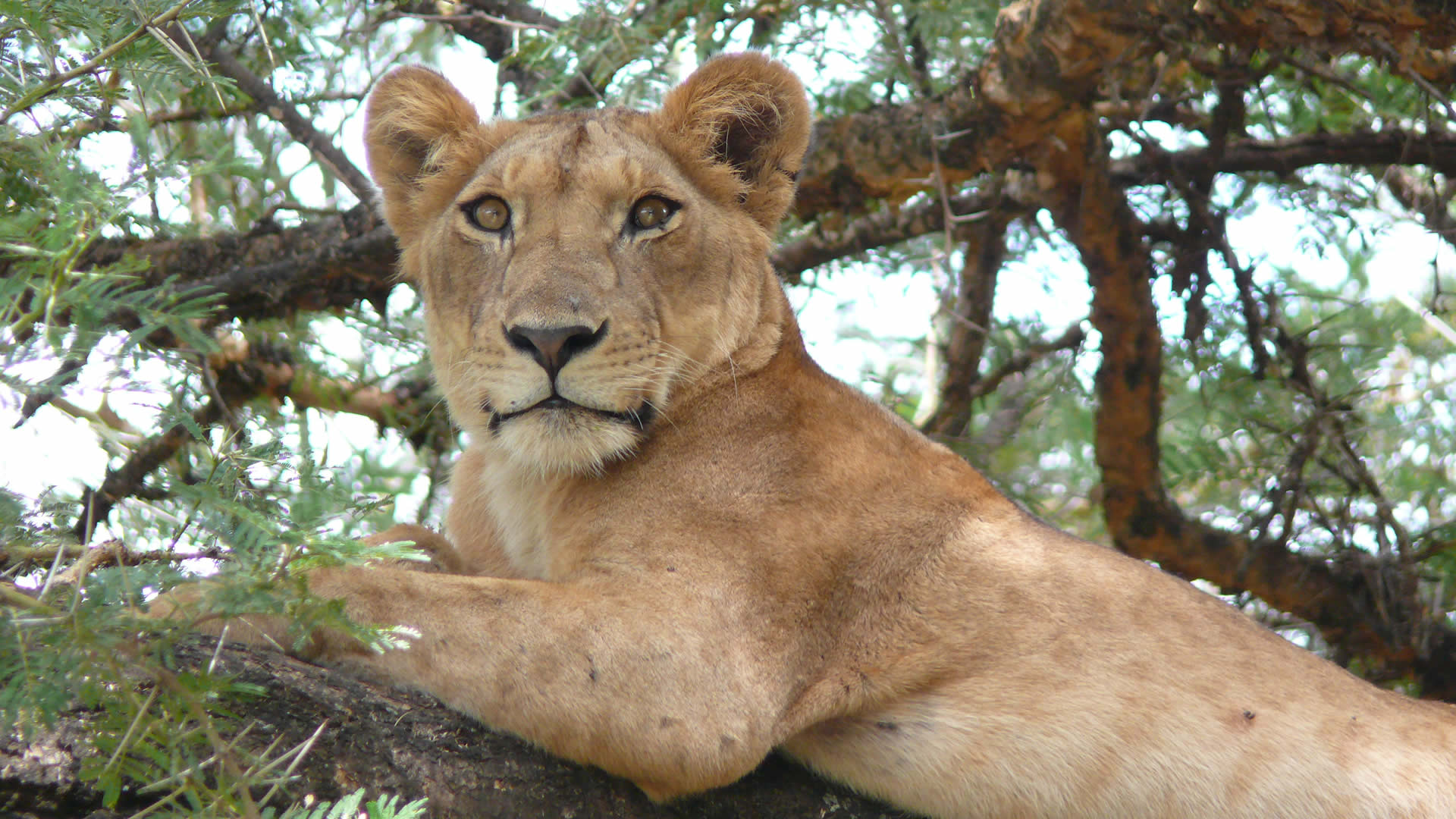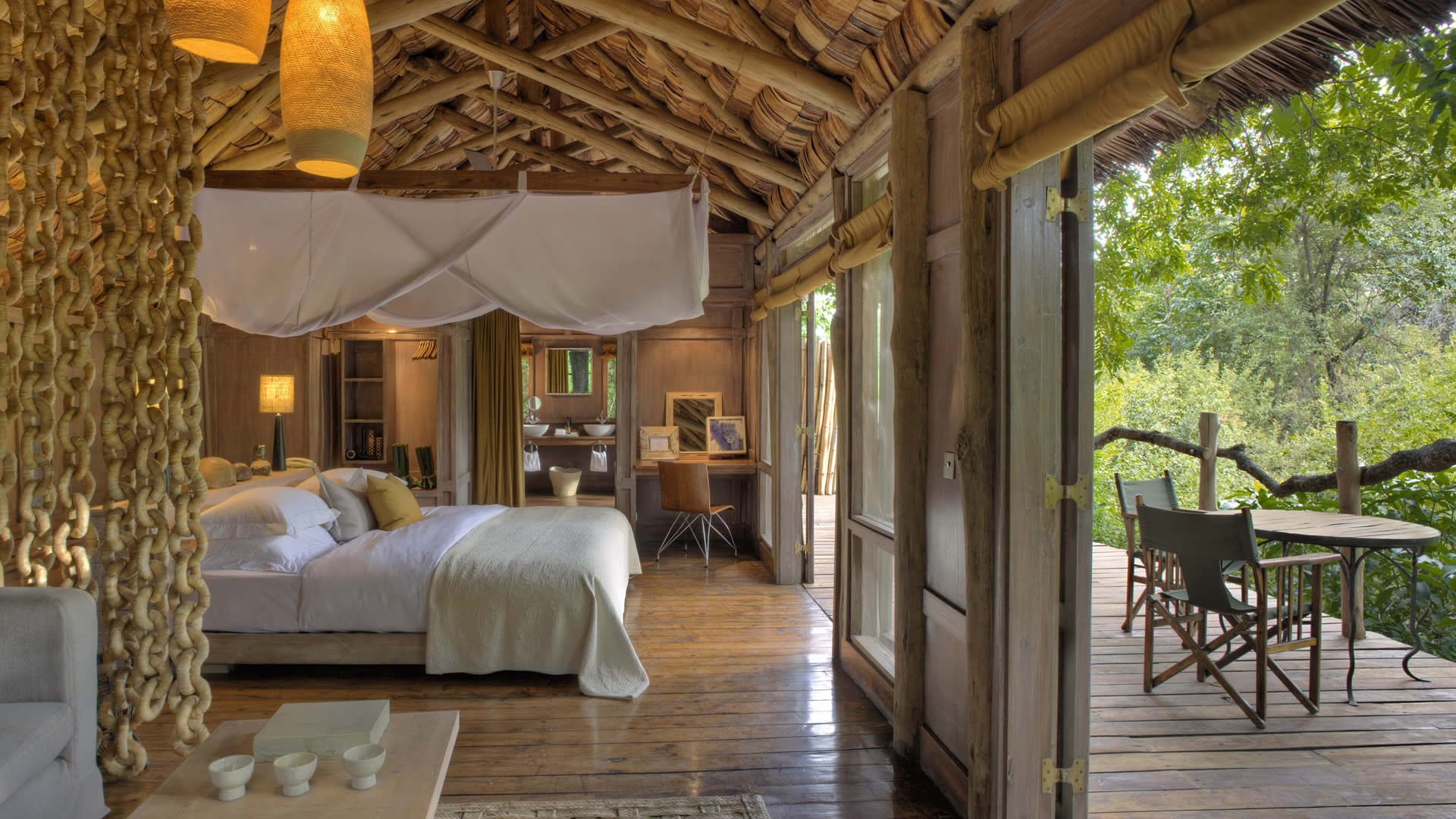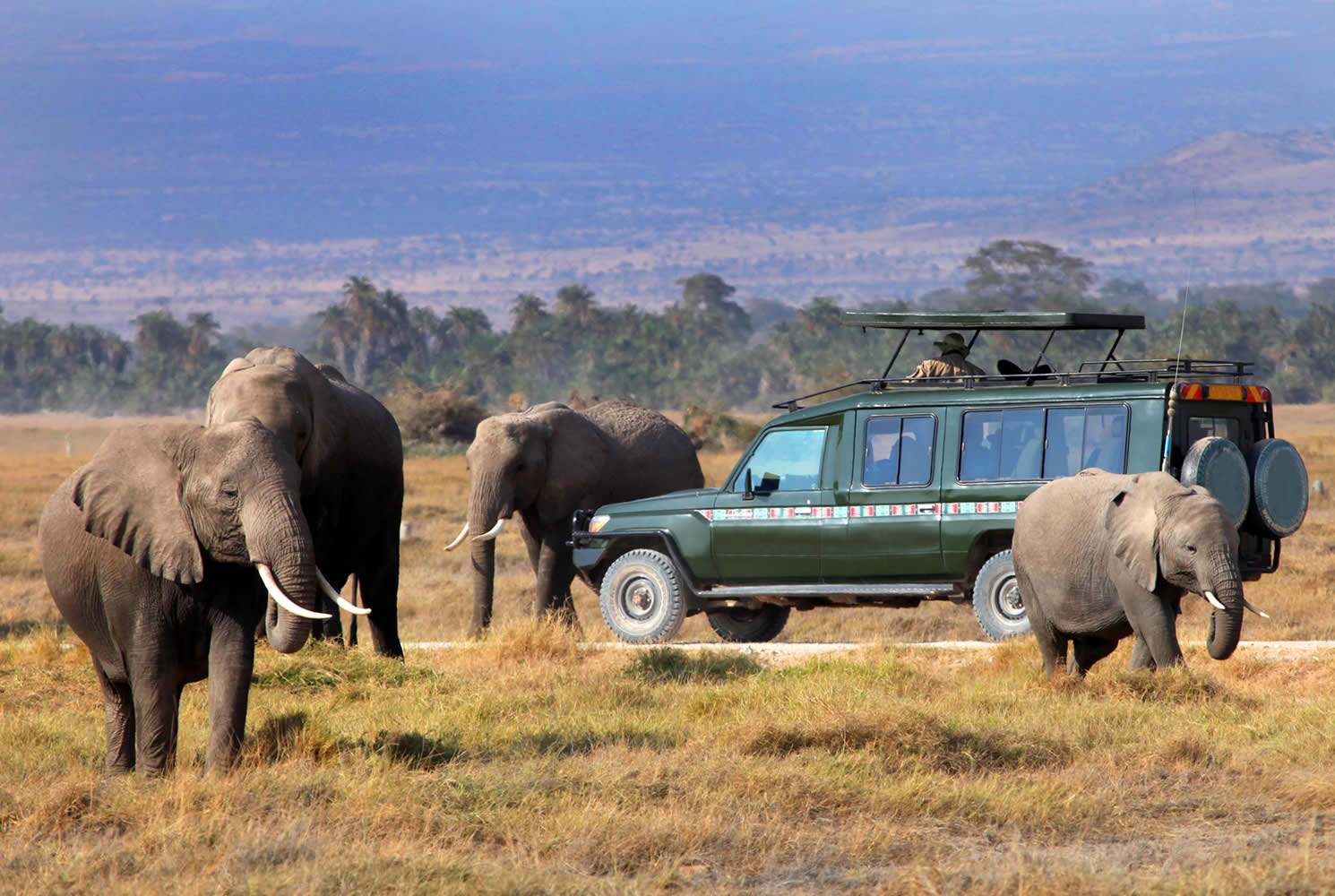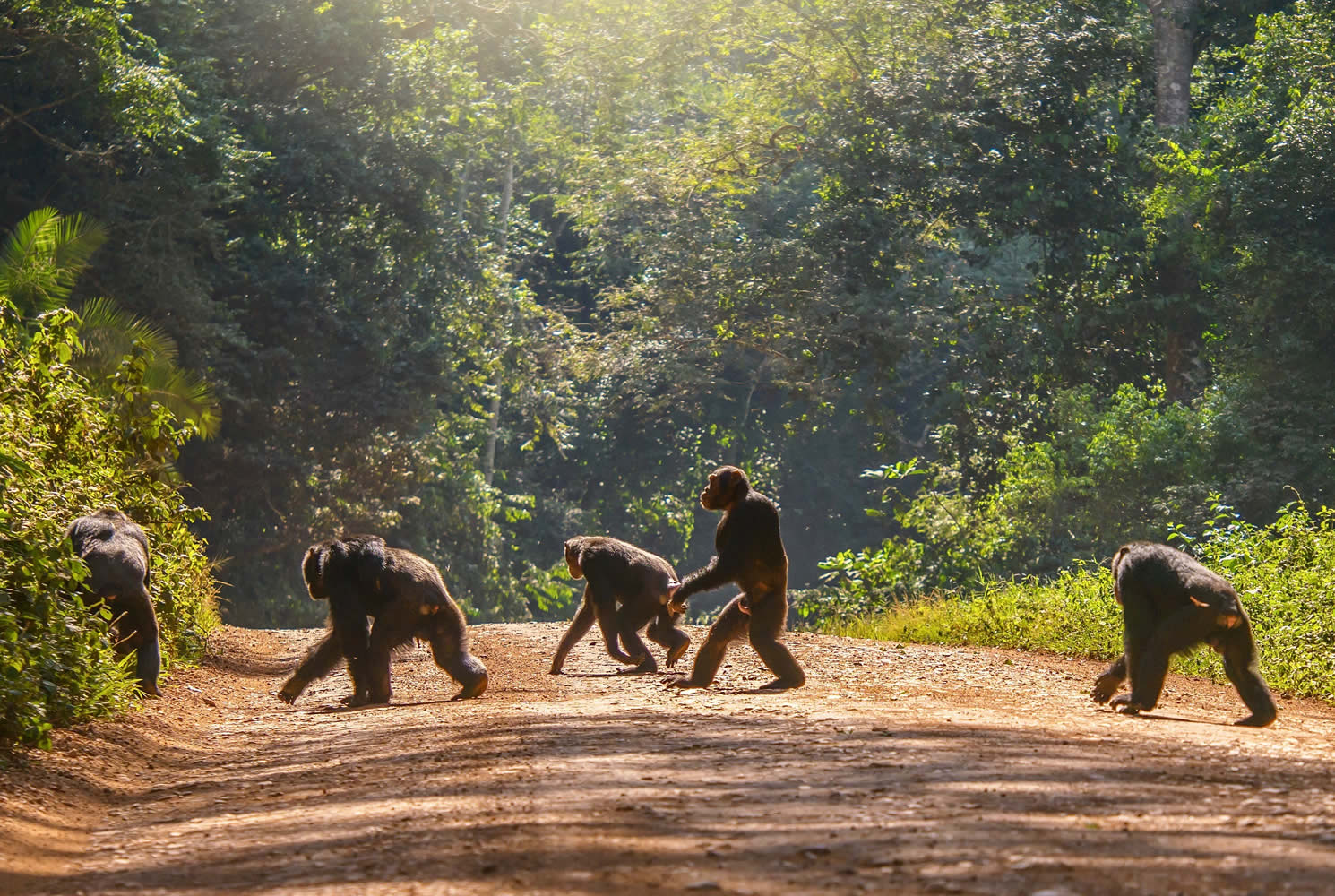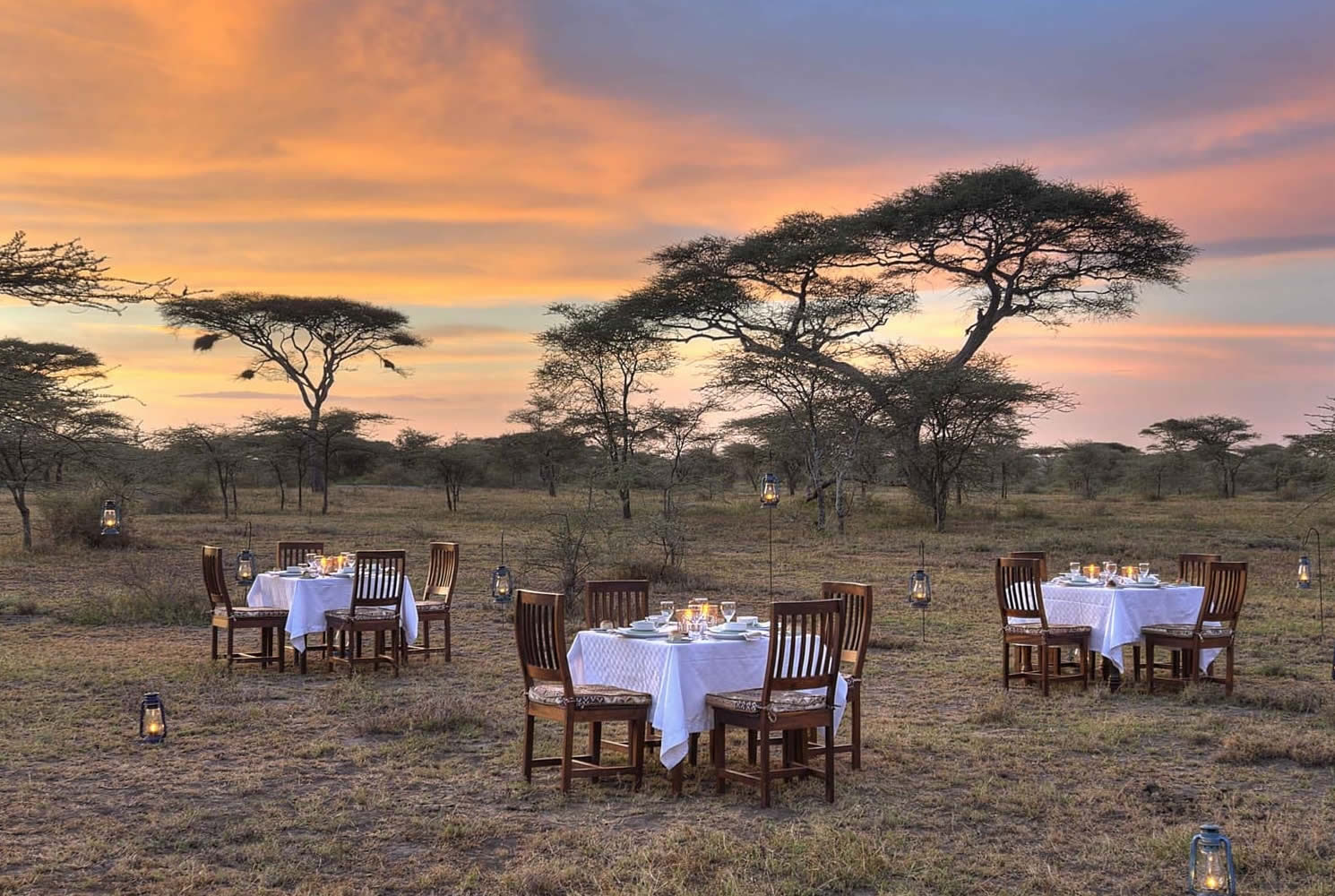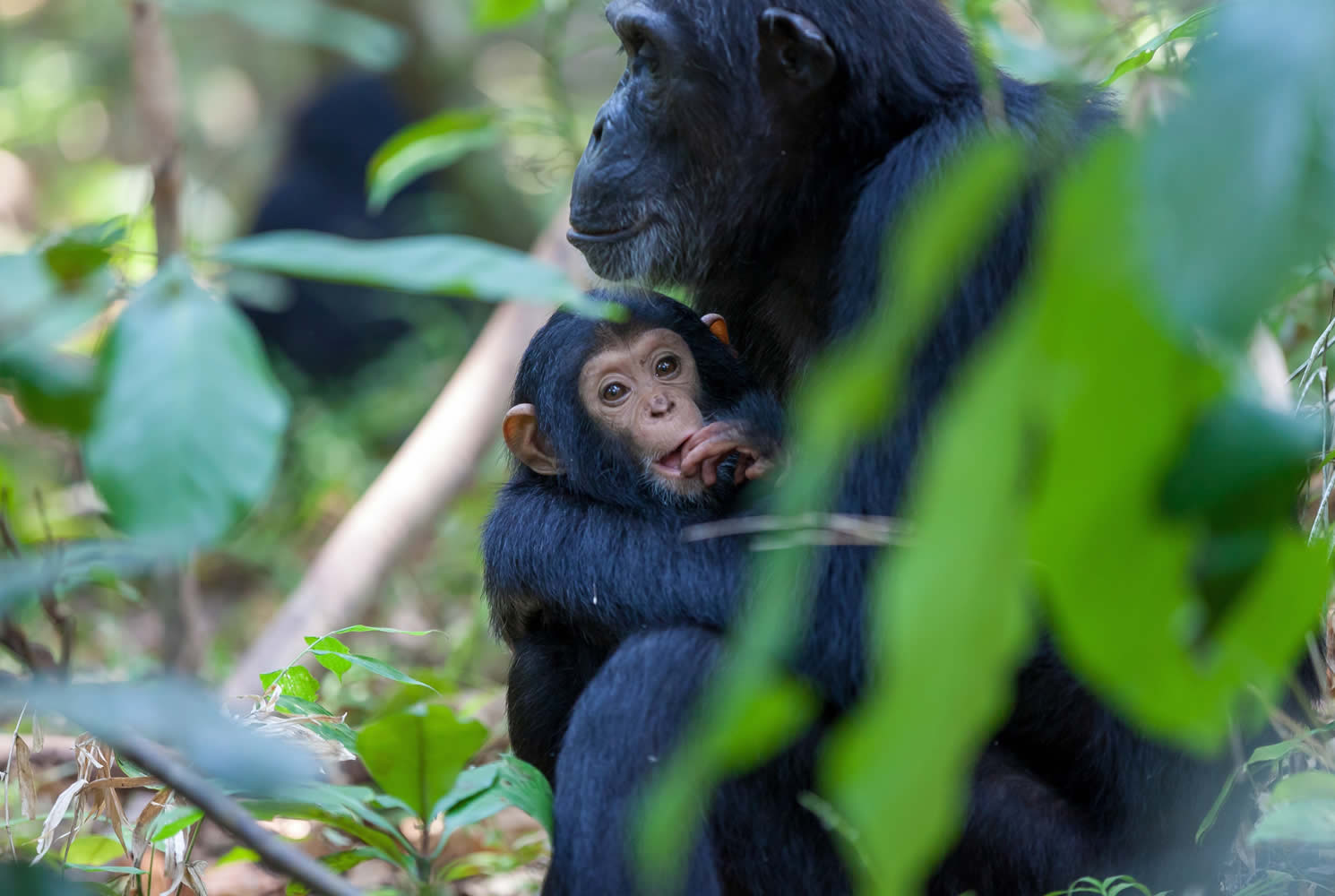Lake Manyara National Park
Stretching for 50km along the base of the rusty-gold 600-metre high Rift Valley escarpment, Lake Manyara is a scenic gem, with a setting extolled by Ernest Hemingway as “the loveliest I had seen in Africa”. The compact game-viewing circuit through Manyara offers a virtual microcosm of the Tanzanian safari experience.
Lake Manyara National Park lies 130 kilometers outside of Arusha town and encompasses Lake Manyara and its surroundings. There are five different vegetation zones including groundwater forest, acacia woodland, open areas of short grass, swamps and the lake’s alkaline flats. The park’s wildlife includes more than 350 species of birds, baboon, warthog, giraffe, hippopotamus, elephant and buffalo. If lucky, catch a glimpse of Manyara’s famous tree-climbing lions. Night game drives are permitted in Lake Manyara. Located beneath the cliffs of the Manyara Escarpment, on the edge of the Rift Valley, Lake Manyara National Park offers varied ecosystems, incredible bird life, and breathtaking views.
Known for its elephants and tree-climbing lions, Lake Manyara is also excellent for flamingos and other fascinating birds in and around the soda lake. A Lake Manyara safari is a unique and fascinating experience as the Park offers vast ecological variety in a small area, featuring a ground-water forest, acacia tortilis woodland and hot springs called Maji Moto. Karatu is a picturesque farming town that lies just outside Ngorongoro Conservation Area. Many upscale hotels have opened in Karatu over the last few years, making it an easy launching point for safaris to Lake Manyara and Ngorongoro Crater.
Located on the edge of the Rift Valley, Lake Manyara National Park offers varied ecosystems and breath-taking views. Highlights include thousands of flamingos, as well as other large waterbirds such as pelicans, cormorants and storks.


